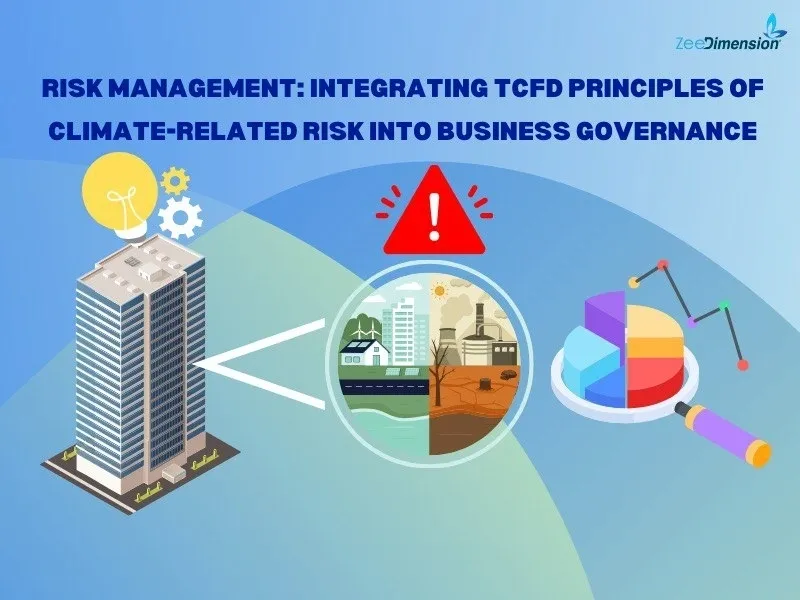
Leveraging TCFD Principles for Risk Management and Innovation.
Companies must adapt their governance structures to remain resilient as climate-related threats continue to rise. By integrating the concepts of the Task Force on Climate-related Financial Disclosures (TCFD), companies can enhance their risk management capabilities and discover novel avenues for expansion and innovation. Organizations can improve their climate-related financial reporting by adopting TCFD rules. This will help them capitalize on new market trends and handle the challenges of a changing environment.
What is TCFD?
The Financial Stability Board (FSB) launched a global initiative in 2015 called the Task Force on Climate-related Financial Disclosures (TCFD). Its main objective is to create a set of voluntary, uniform financial risk disclosures connected to climate change that businesses, banks, and investors may use to alert stakeholders. These disclosures encourage more informed underwriting decisions for investments, credit, and insurance by assisting organizations in better understanding and managing the financial risks and opportunities related to climate change.
What are the 4 pillars of TCFD?
📷
1- Governance: It is imperative that your governance structure incorporate climate risk. Leadership’s dedication to sustainability and board-level monitoring are the first steps in this process. Create positions centered on climate change to promote responsibility.
2- Strategy: Distinguish between physical risks (such as harsh weather or rising sea levels) and transition risks (such as changes in regulations or market trends). To evaluate the financial impact of these risks under various global warming scenarios, use scenario analysis.
3- Risk management: Include climate-related risks in your overall risk management procedure. Set these risks in order of importance and work with other departments to guarantee a comprehensive strategy. Involve external stakeholders to improve alignment.
4- Metrics and Targets: Adopt measures such as energy efficiency indicators, carbon price scenarios, and greenhouse gas emissions. Establish goals based on research to track and enhance your performance in relation to climate change.
Why Integrate TCFD?
1. Enhanced resilience to climate risks.
2. Builds investor confidence with transparent disclosures.
3. Opens up opportunities for green financing and sustainable products.
In summary, integrating TCFD principles into business governance is essential for building resilience against increasing climate-related risks. By adopting the four pillars of TCFD Governance, Strategy, Risk Management, and Metrics and Targets. In addition, companies can strengthen their risk management, enhance transparency, and gain investor confidence. This approach not only prepares businesses for future uncertainties but also opens up opportunities for innovation and growth in the green economy, paving the way for a sustainable and prosperous future.







